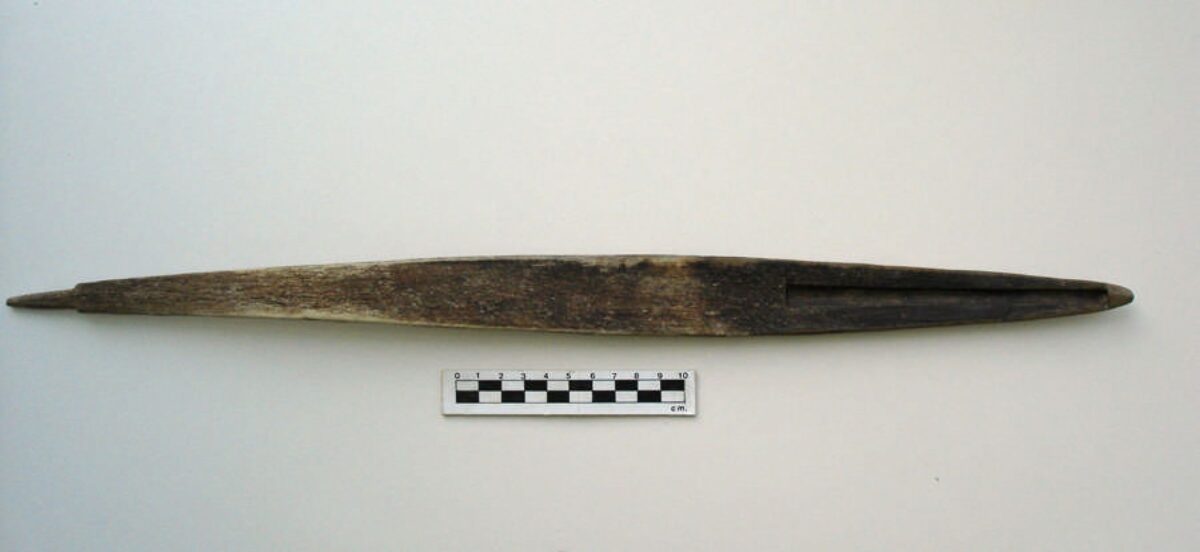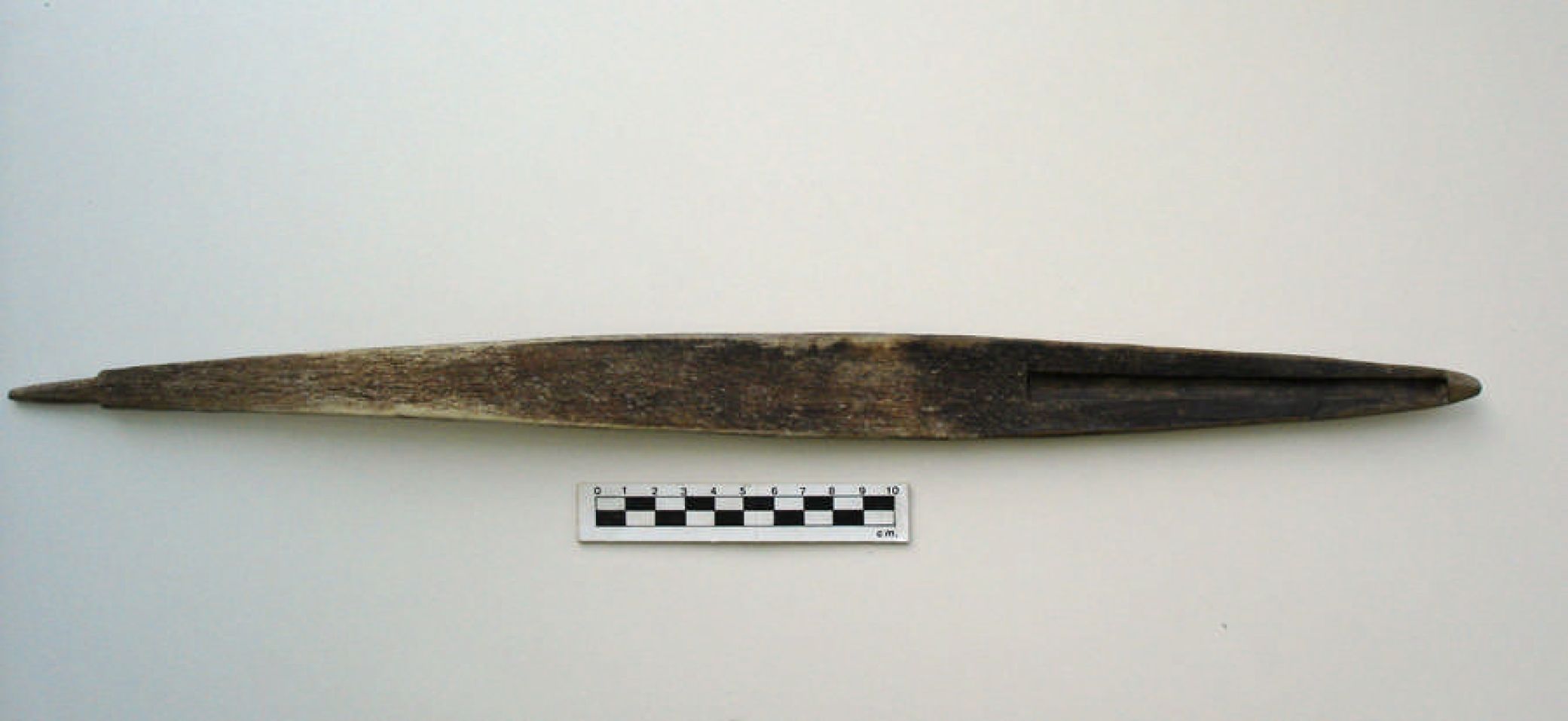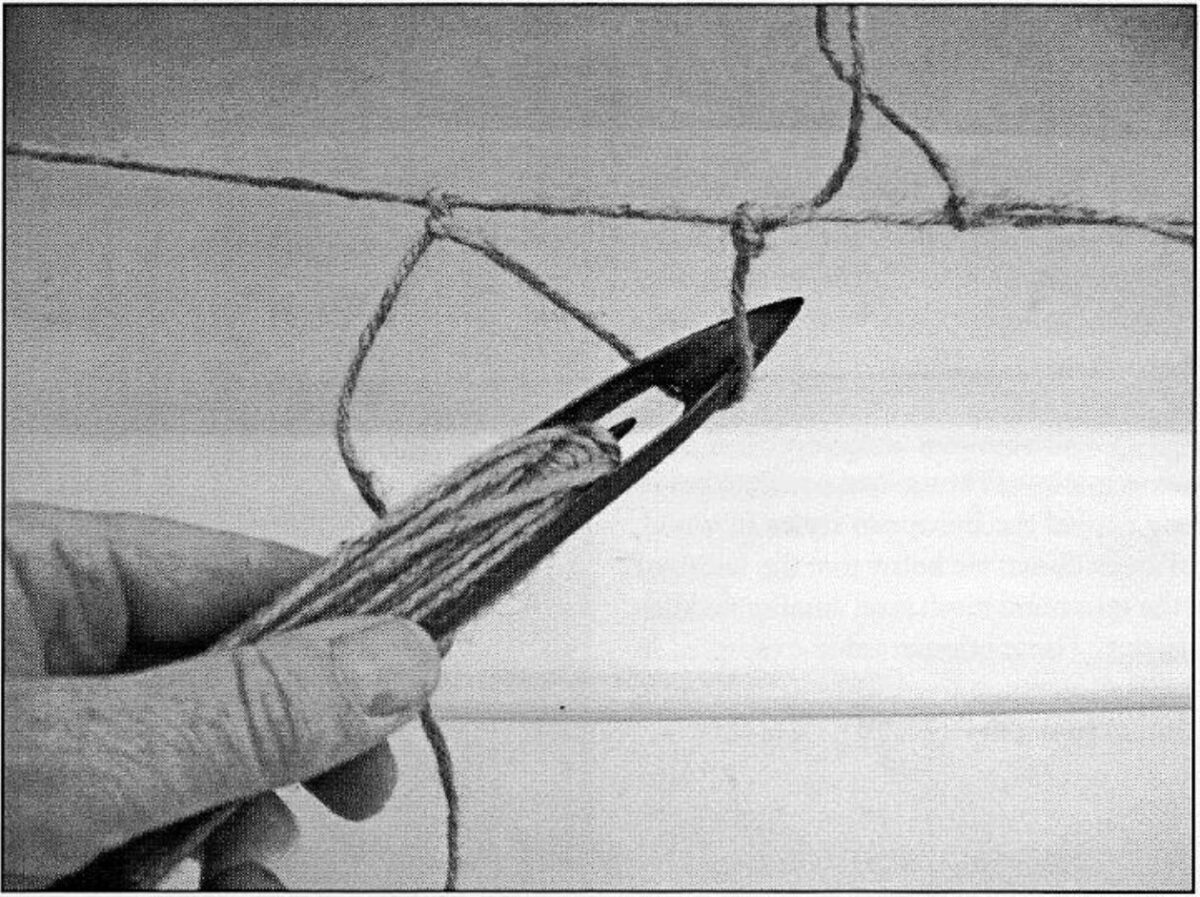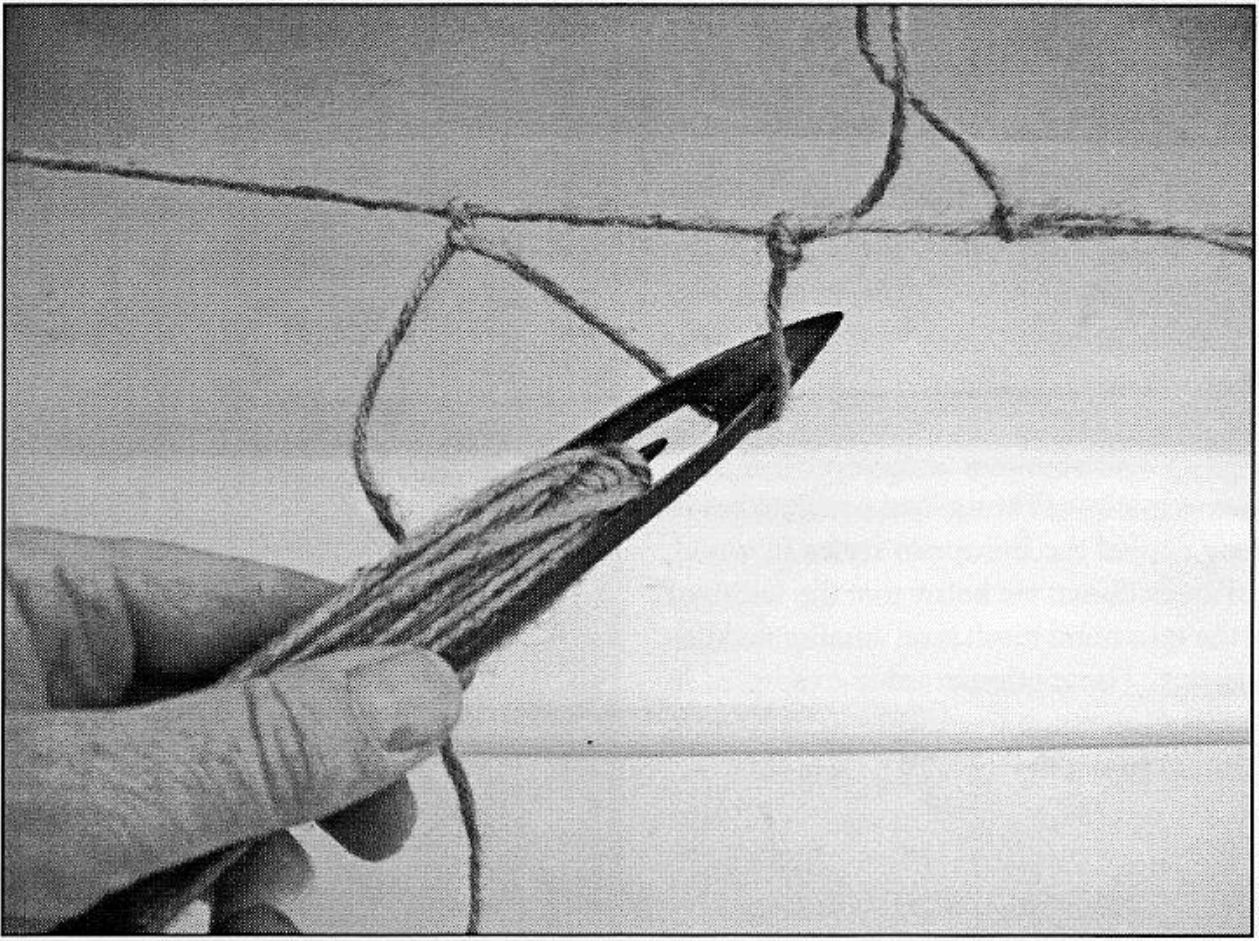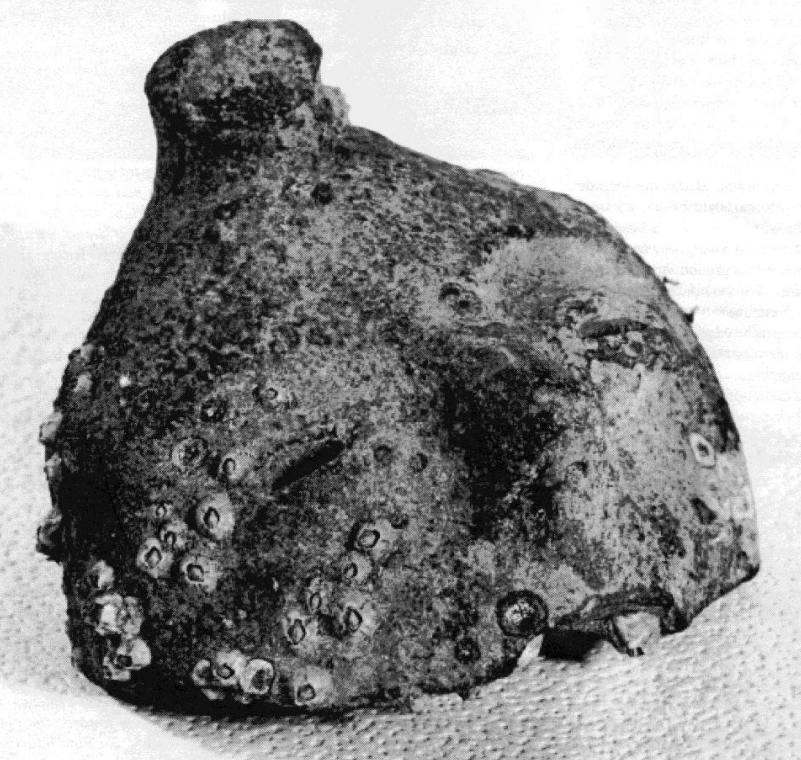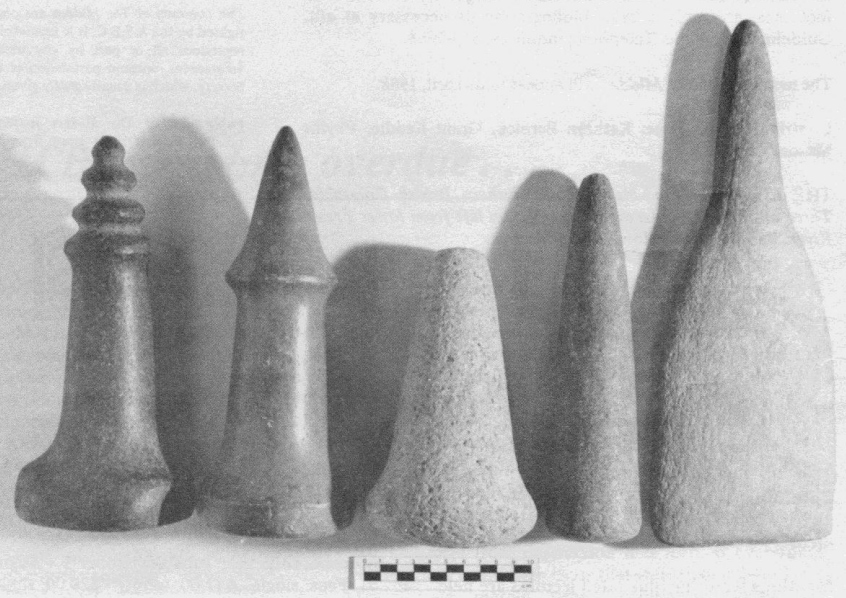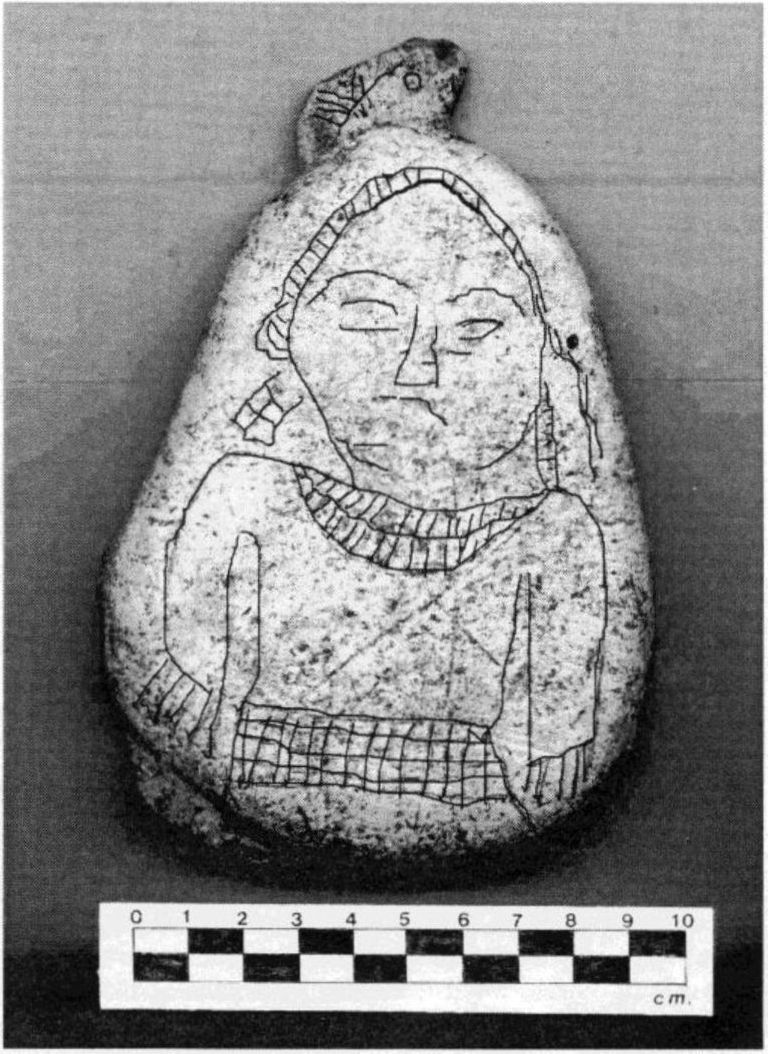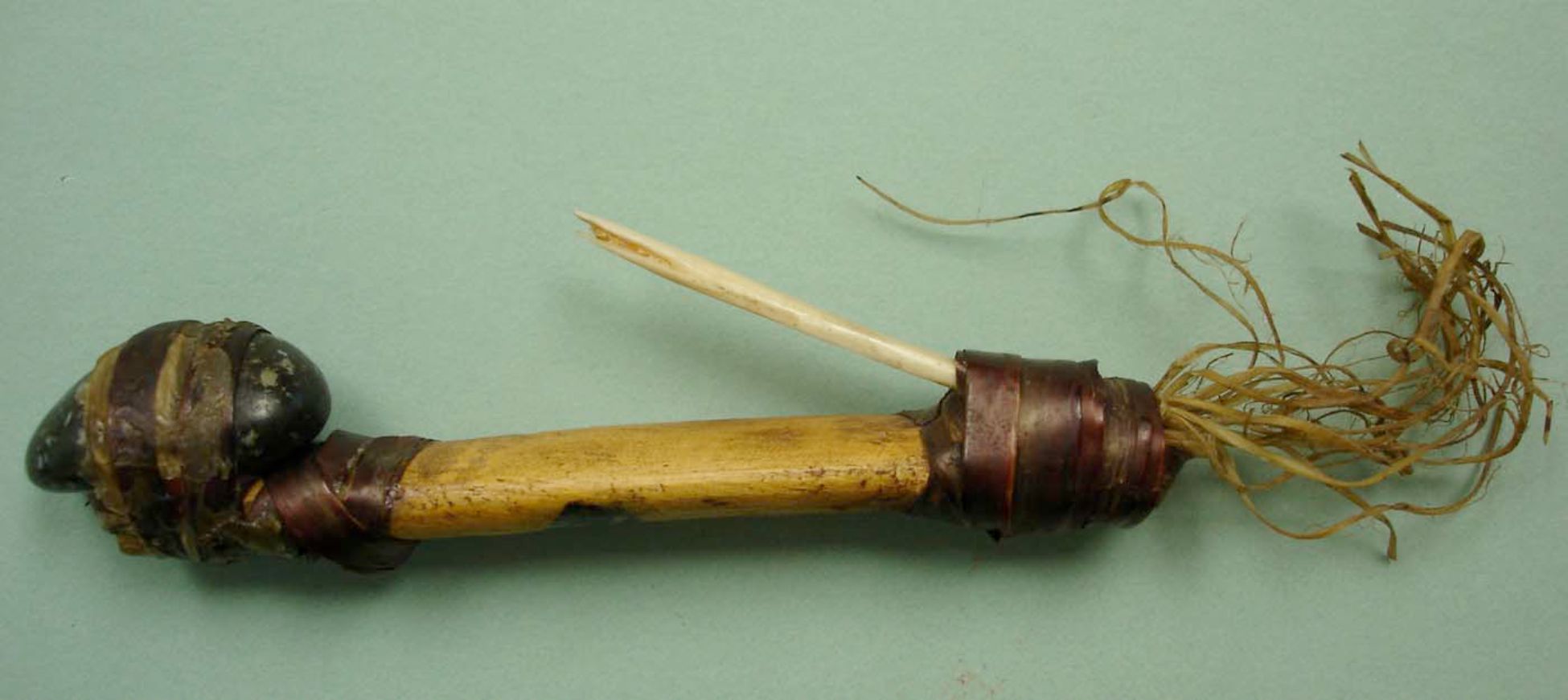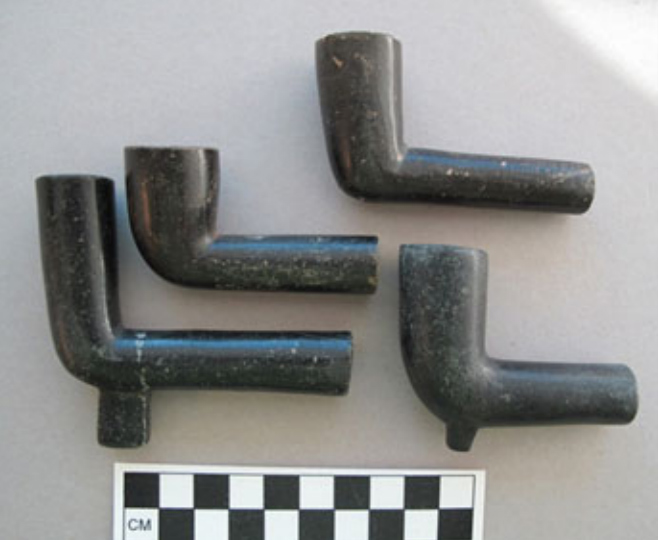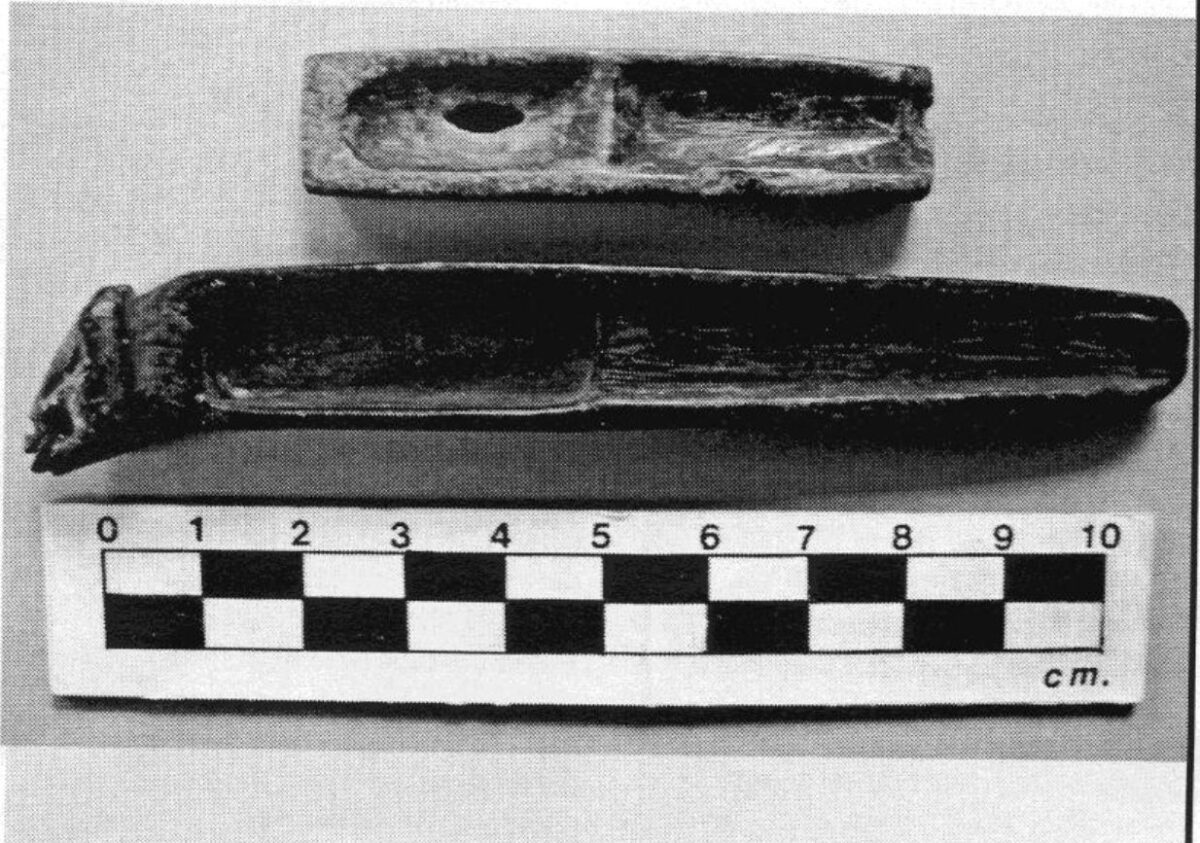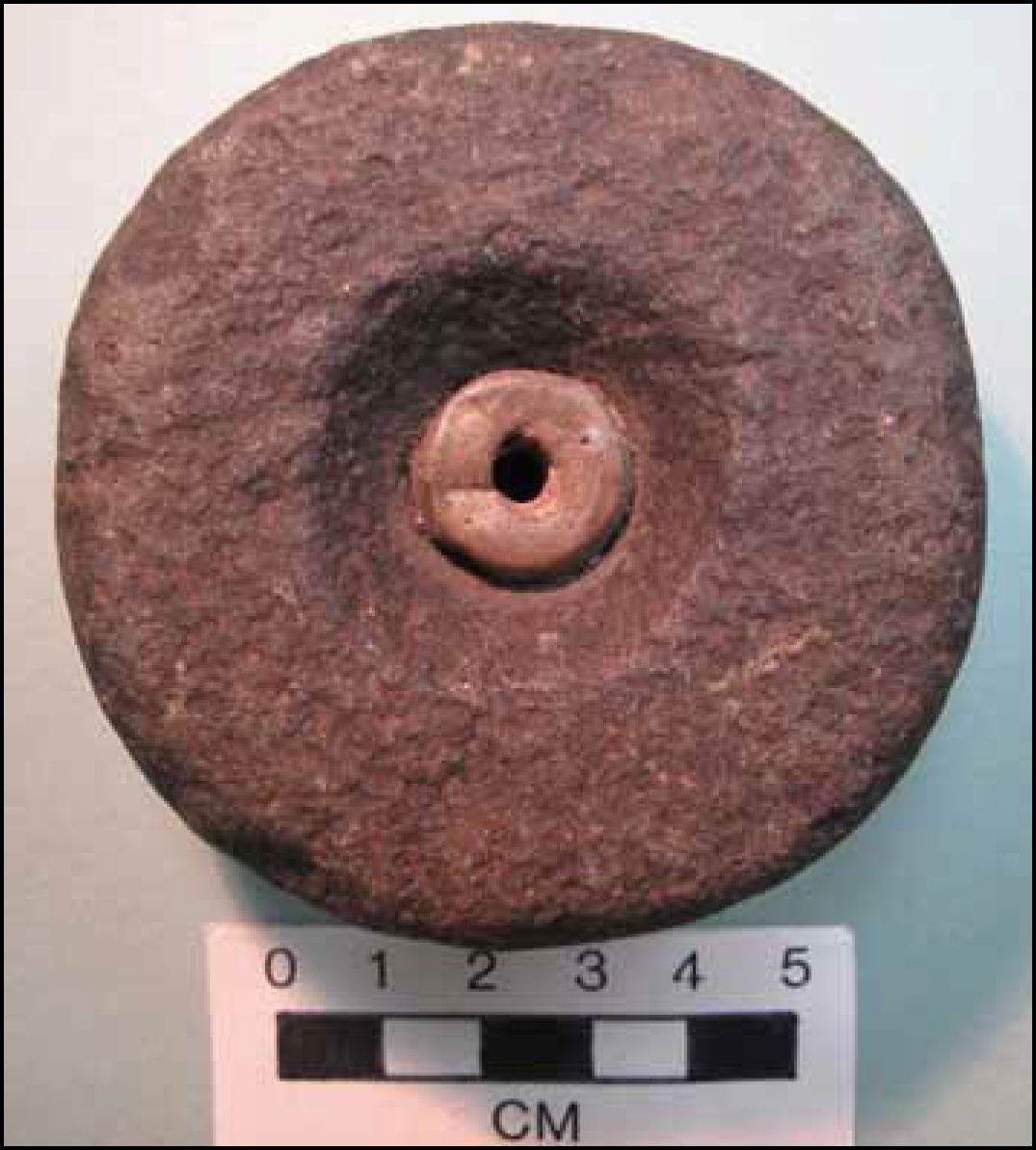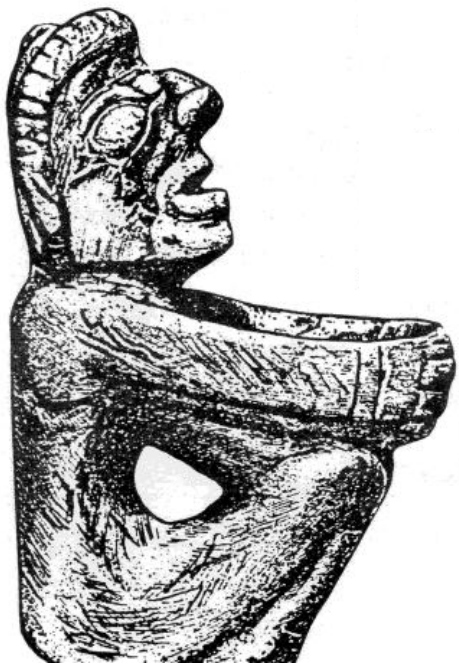
Originally published in The Midden, 14(6). February 1983. By Grant Keddie Ritual Bowls of the Salish Indians: Some Theories Two questions I am commonly asked when giving public demonstrations in artifact technology revolve around the use of stone bowls and whether or not individuals or families specialized in making these and other stone tools commonly found by the archaeologist. The purpose of this article is to 1) provide a brief summary of Wilson Duff’s conclusions regarding his ethnographic survey of the use of human seated figurine bowls (as presented in Prehistoric Stone Sculpture of the Fraser River and Gulf of Georgia – Anthropology in British Columbia, No. 5, 1956); 2) to present two accounts of stone bowl use not mentioned … Continue reading “Ritual Bowls”
